
Abstract:
We present a study of the forces, velocities, and trajectories of slender (length/diameter = 10) axisymmetric projectiles using an embedded inertial measurement unit (IMU). Three nose shapes (cone, ogive, and flat) were used. Projectiles were tested at vertical and oblique impact angles with different surface treatments. The trajectory of a half-hydrophobic and half-hydrophilc case impacting vertically was compared to the trajectory of symmetrically coated projectiles impacting the free surface at oblique angles. The oblique impact cases showed significantly more final lateral displacement than the half-and-half case over the same depth. The amount of lateral displacement was also affected by the nose shape, with the cone nose shape achieving the largest lateral displacement for the oblique entry case. Instantaneous lift and drag coefficients were calculated using data from the IMU for the vertical, half-and-half, and oblique entry cases. Impact forces were calculated for each nose shape and the flat nose shape experienced the largest impulsive forces up to 37 N when impacting vertically. The impact force of the flat nose decreased for the oblique entry case. The location of the center of pressure was determined at discrete time steps using a theoretical torque model and values from the IMU. Acoustic spectrograms showed that the sound produced during the water entry event predominately arises from the pinch-off for the cone and ogive nose shapes, with additional sound production from impact for the flat nose shape. Each test run was imaged using two Photron SA3 cameras.
Citation and Link:


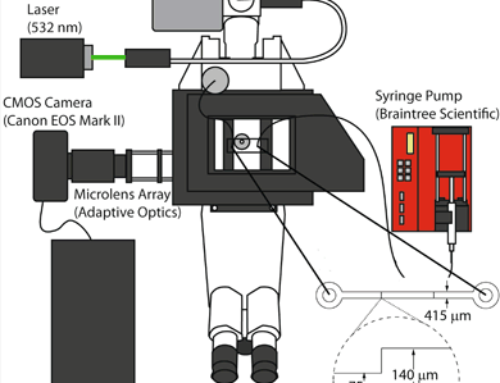
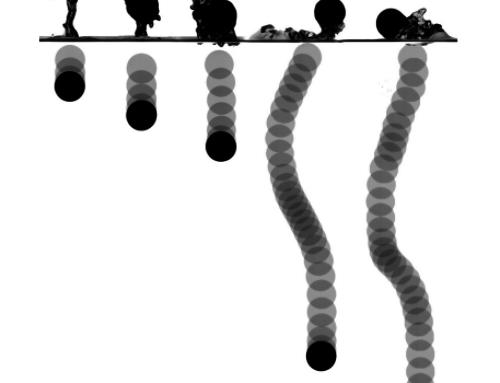


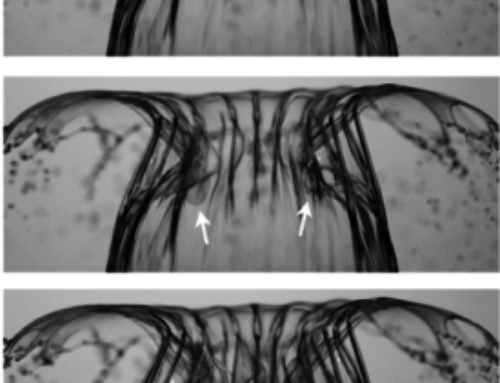
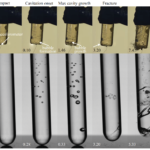
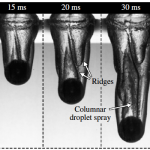
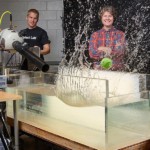
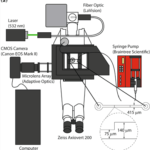
Recent Comments